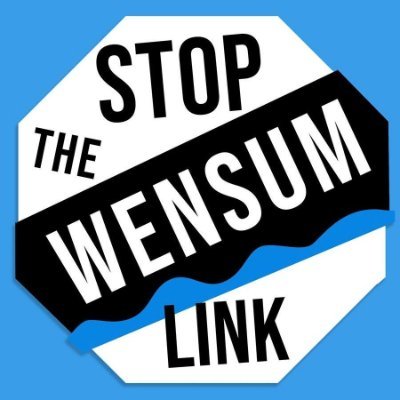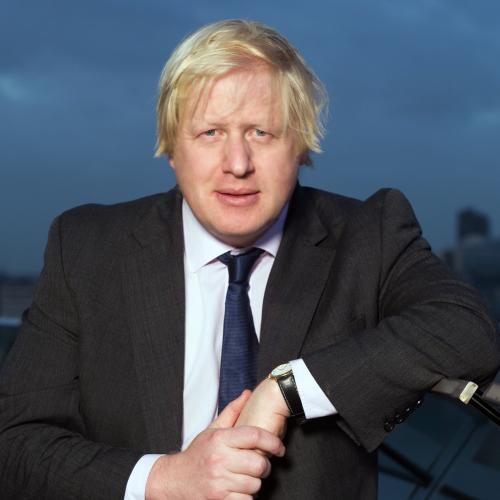Stop the Wensum Link Group – 2023 Interview on the Norwich Western Link
The interview with Stop the Wensum Link Group published on 1 January 2023.
(i) The county council has modelled numerous routes for the Norwich Western Link (NWL). Do any of them have your support, or is there any new road development or improvement that you would support?
We would support single-carriageway improvements to B1535 and its junctions with A1067 and A47, in conjunction with other non-new-road initiatives e.g public transport and restriction of traffic through villages. Most of such a road improvement was proposed and agreed amongst local villages in 2008, but a much lower-cost scheme was put in place instead.
(ii) The NWL has the support of numerous public bodies, including emergency services, the majority of councils and many business groups. Are they mistaken in that support?
Unfortunately, they are.
We have never seen an analysis by any emergency service to show how many emergency journeys would be shortened by the building of the proposed road, and by how many minutes. We suspect the difference is negligible; after all, the blue light allows high speed on existing roads. Ambulance response times currently are much more affected by the availability of vehicles than how fast a route is.
Councils and business groups always see new roads as reducing travel times, making industry and commerce more efficient. This is probably true to a certain extent, but its effect is exaggerated. The Norwich Distributor Road, for instance, predicted commercial gain, but this has not yet been assessed; the ‘one year after’ report declined to do an analysis, and promised to do one after 5 years (2023). We need to see and evaluate that report before giving credence to the idea that an NWL would improve commerce.
Any improvement in commerce has to be weighed against the major harm such a road would do, and its escalating financial cost.
(iii) The Norwich Northern Distributor Road (or Broadland Northway) was finished in 2018 and nearly completed a circle around Norwich with the exception of the proposed NWL. Isn’t there an inevitable number of car journeys which would be more efficiently completed along one joined-up road rather than having to cut through villages? Do you feel that evidence has been produced by the council to quantify that number of journeys?
Certainly, many car journeys may be more efficiently completed on the proposed new road, depending on exactly is meant by ‘efficiently’. Much better fuel and emissions efficiency would be achieved by encouraging travellers to use a good public transport system, instead of their cars.
Council predictions show much of the 15,000 journeys per day across the valley would transfer to the NWL. We believe this is hugely exaggerated, and that many journeys will still be pressed through villages and suburbs. Especially closer to Norwich where the time saving of driving out to the NWL will be negligible at best. Council traffic counts have shown how many vehicles travel through the villages, but not their origins and destinations. So NCC do not have full information to base their decision on. Such information could inform the creation of the most efficient bus routes.
(iv) The county council has said that there would be no public transport along the route of the road as there would be limited demand. Do you consider that this excludes those who can’t afford a car?
Yes, clearly it does. Those members of society are excluded now, as there is no public transport across the valley. We cannot agree that there would be limited demand for good, well-planned joined up, frequent and affordable public transport. Figures show a minimum of 15,000 journeys each way (mostly cars) within the valley sector. A proportion of these could be shifted to public transport. But this needs to be a comprehensive system, not a couple of infrequent bus routes. This could be instated at low capital cost without building the proposed new road.
(v) The county council claims that the majority of the public support the construction of the road. Is this a legacy of a failure of public transport policy in Norfolk over recent decades?
That is certainly a major component. Public transport throughout the country is poor, not only in Norfolk, despite government statements of the need for ‘modal shift’. This has led the public to lose trust in public transport outside the very big cities. Norfolk, in particular, has reneged on its promise to introduce ‘bus rapid transit’ services, which was an agreed action when the NDR was approved. Cost, reliability, frequency, speed, and lack of useful routes has meant that much of the public prefer to rely on their own transport, with resulting increasing congestion and harm to the environment. The attitude of Norfolk CC has been that ‘this is a car county’. Many people do love their cars, but if public transport were good, more people would not need to meet the costs of running one.
(vi) The cost of the road is estimated to be over £250 million with the majority paid for by national Government (if agreement is reached), but much to be funded by Norfolk County Council (perhaps around £50 million). Would it better for the county to use that money to fund the public transport network? Do you have any view on how the money could be spent instead?
Most certainly. With regard to the NWL area, subsidised bus routes could be introduced from, say, Dereham to the Airport area, Aylsham to Wymondham, Fakenham through Hellesdon and Costessey to the Hospital; a consolidation of bus routes on the A47. These are just a few examples. Bus routes need to be informed by detailed origin and destination analysis, with continual review when in operation. We have noted much support for the improvement of bus services when have raised this at events. It is worth bearing in mind that the result of the most recent general questionnaire on transport in Norfolk (before the NDR was built, in 2005) the MOST popular policy was ‘improve public transport’. Yet NCC then made building the NDR their top priority.
(vii) You have raised concerns about numerous aspects of the environmental damage, including removing ancient woodland, destroying the habitat of bats and impacting on the River Wensum. How much of this can the council mitigate if the road is constructed?
Very little. No mitigating measures can compensate for the loss of an ancient woodland, or an important hedge. They take centuries to develop, and the wildlife cannot wait for newly panted saplings to grow into old trees. Unfortunately, many councillors and others seem to think that all wildlife can learn to live anywhere, and will easily move and adapt to change, as do wood pigeons, blackbirds and rats. This is not the case. If we carry on disturbing their habitats, the more specialist animals will not survive, and we risk ending up with an environment with reduced variety.
No doubt care can be taken in construction of the viaduct to reduce possible contamination of the river (which is an SAC), but this depends on maintenance of filters. With the death of so many trees on the NDR, NCC have shown themselves incapable of handling such necessary maintenance.
(viii) Would you consider this sort of project as being something that might have been acceptable twenty years ago, before there was more prominence placed on environmental issues?
For those of us who care deeply about the protection of the natural world, its landscapes, and about the well-being of us all, whether living in town or country, these projects have never been acceptable. The M25 was built around 40 years ago, with huge destruction and at huge cost, and now it is regularly congested and there are calls for its expansion. Building large roads cures nothing long-term; we are a finite country (and planet), and we need to be enacting policies which let us live well without destroying our own habitat.


